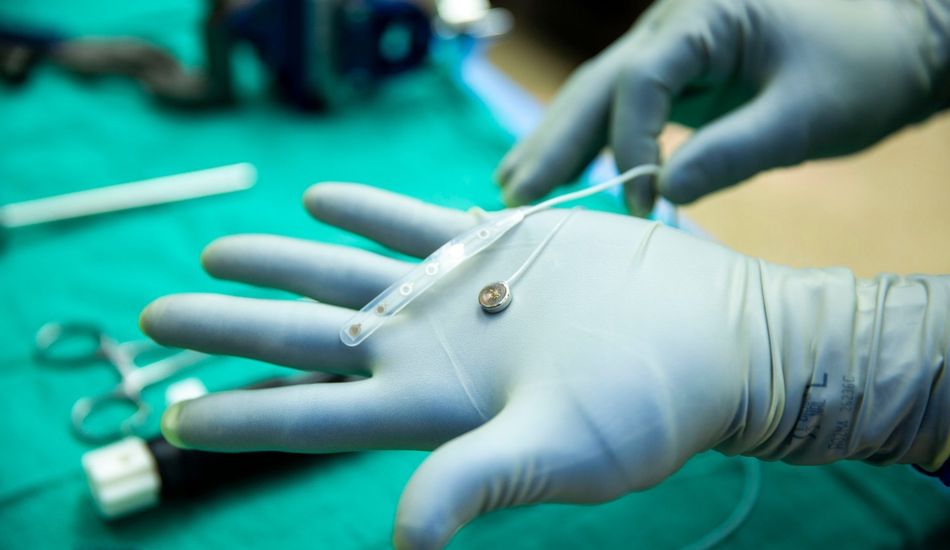
Wireless Brain Implant Aids Communication
Significant advancements in brain-computer interface (BCI) technology are paving the way for groundbreaking applications. Researchers have successfully recorded data from a new wireless BCI device implanted in a human subject. This achievement marks a critical step toward helping individuals with conditions like stroke regain independent communication.
A Wireless Leap Forward
The Connexus device, developed by Paradromics, boasts over 400 microelectrodes, a significant increase compared to previous devices. This allows for a far richer dataset, capturing far more detailed brain activity. The device's small size—no larger than a dime— and wireless transmission capabilities represent a substantial improvement over previous, more cumbersome systems. The data is transmitted to a chest-mounted transceiver, eliminating the need for external wires, offering patients greater freedom and mobility.
Initial testing involved a patient undergoing a temporal lobectomy, a procedure to alleviate chronic seizures. The device was temporarily implanted, successfully recording brain signals before being safely removed. Although analysis of the data is ongoing, the results are extremely promising.
Future Applications and Clinical Trials
Paradromics anticipates commencing clinical trials later this year. The initial focus will be on restoring communication in patients with speech impairments resulting from amyotrophic lateral sclerosis (ALS), stroke, or severe spinal cord injuries. However, the potential applications extend far beyond this, potentially including treatment for mental health conditions and chronic pain. The high-capacity nature of the Connexus system promises to significantly enhance the functionality of existing BCI technology.
This research highlights the rapid evolution of BCI technology, showcasing the potential to improve the lives of individuals facing severe communication challenges and offering hope for future applications across a variety of neurological conditions.
Source: Gizmodo